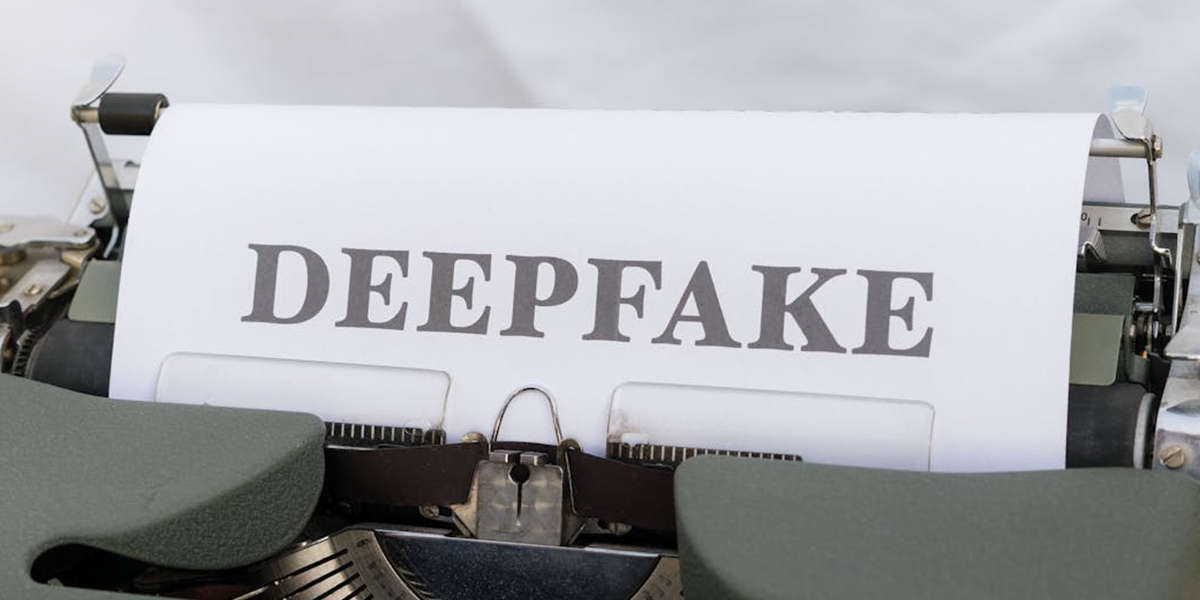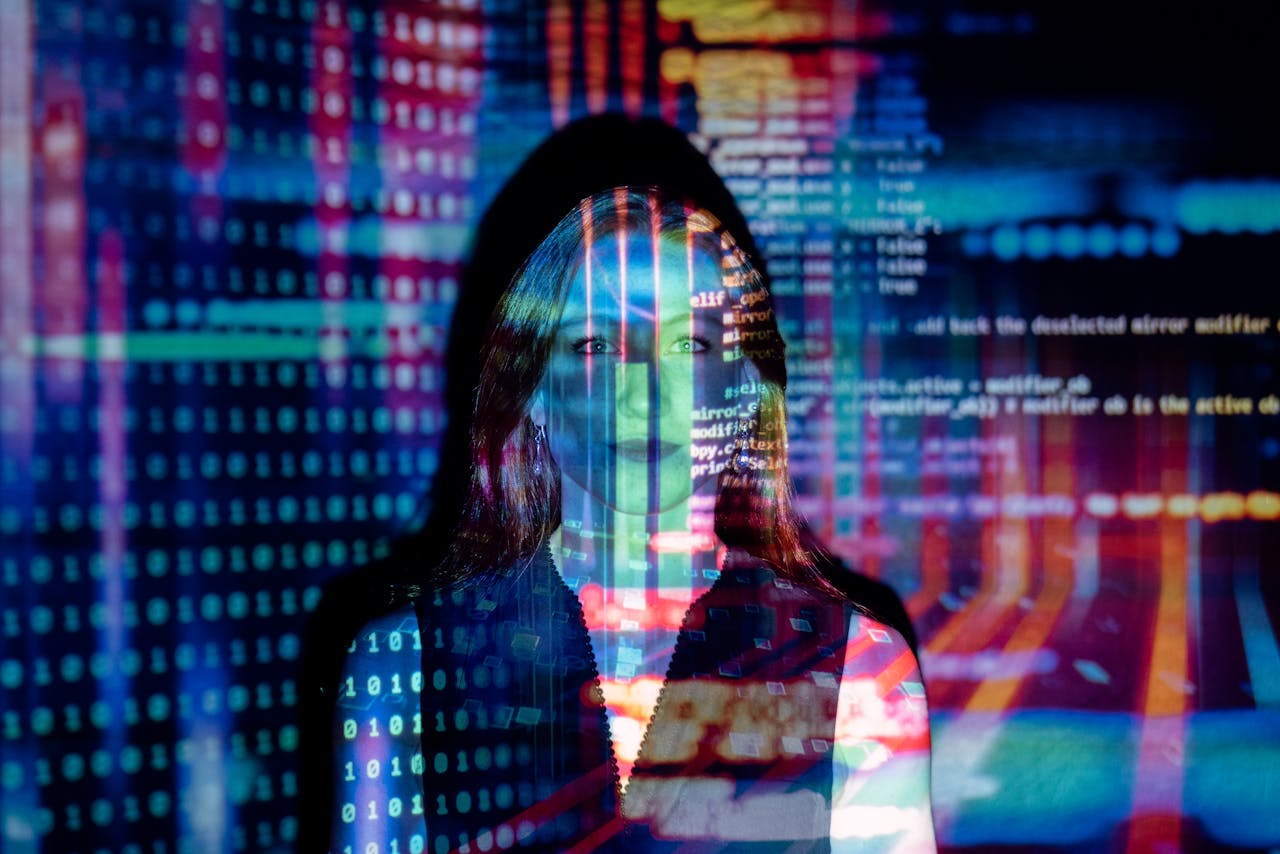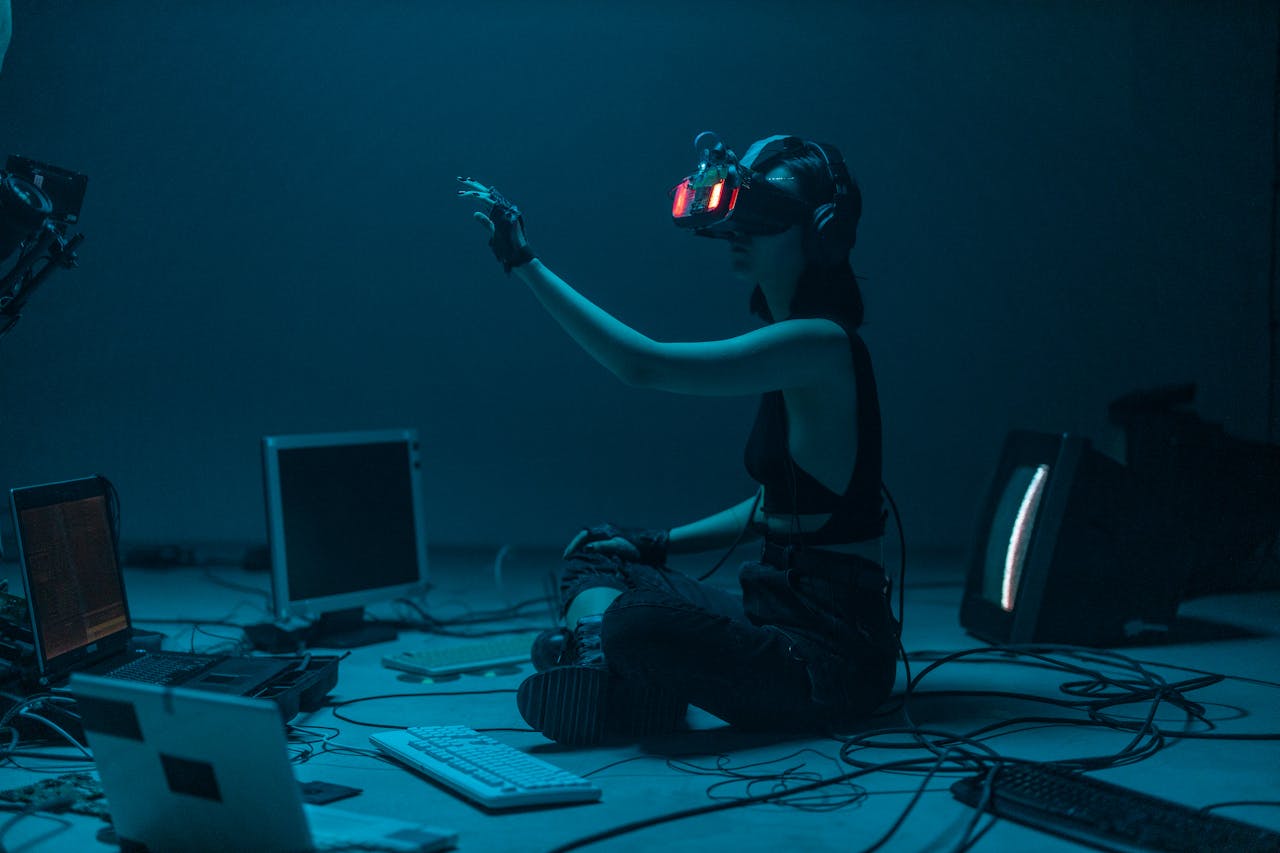List of Cast for the Korean Drama RESIDENT PLAYBOOK, Spin-off of HOSPITAL PLAYLIST That Has Been Long Awaited
Here is the list of actors and actresses starring in RESIDENT PLAYBOOK along with the characters they portray:

Kapanlagi.com - In the ever-evolving digital world, the term deepfake AI is becoming increasingly popular. This technology allows someone to manipulate the face, voice, and even body movements of others in digital content using artificial intelligence algorithms. The results can be so realistic that it becomes difficult to distinguish them from the original.
The popularity of deepfake AI is closely tied to the role of social media and digital platforms, which enable content to spread widely in just seconds. From funny videos, celebrity parodies, to political campaigns, deepfakes are starting to infiltrate many aspects of our digital lives. However, behind its sophistication, this technology harbors potential dangers that cannot be ignored.
If you want to know about deepfake AI, you can read this article. Here is an explanation of deepfake AI and how to create it. Let's check it out, KLovers!

Illustration (credit: pexels.com)
Deepfake AI is a combination of two terms: "deep learning" and "fake", which literally means deep learning-based forgery. This technology uses neural networks, particularly Generative Adversarial Networks (GANs), to produce visual or audio content that appears highly realistic.
The way it works is by training two AI models: one model creates fake content, while the other model tries to distinguish it from the original content. Over time, the results produced will become increasingly refined, detailed, and close to reality. Deepfakes can be used for:
1. Changing a person's face in a video with someone else's face.
2. Imitating someone's voice to create fake audio recordings.
3. Combining video/audio elements from multiple sources to create a new scene that never occurred.

Illustration (credit: pexels.com)
Although it offers great creative potential, deepfake AI can also be misused, KLovers. You can learn about deepfake AI to anticipate its threats. Here are some threats and dangers of this technology:
1. Spread of Hoaxes and Misinformation
Fake videos or audio can be used to spread false information, especially when targeting public figures or sensitive issues. In a political context, deepfake can be used to manipulate public opinion.
2. Defamation and Slander
Deepfake is often used to damage someone's reputation, whether it be an artist, politician, or even an ordinary citizen. Their face or voice can be inserted into inappropriate or misleading content.
3. Extortion and Cybercrime
Deepfake content can be used as a tool for extortion. For example, someone is manipulated into a fake adult video and then threatened with its release unless they pay a certain amount of money.
4. Misuse for Unethical Content
One of the most common forms of misuse is creating explicit videos with someone else's face without permission. This is a serious violation of an individual's privacy and dignity.
5. Threats to Digital Security Systems
Deepfake AI can deceive biometric security systems, such as facial or voice recognition, which are now commonly used for identity verification.

Illustration (credit: pexels.com)
Although risky, deepfake AI can still be used for positive purposes as long as it is done ethically and responsibly. You can use deepfake AI in an easy way. Here are some wise and easy ways to use deepfake AI:
1. Use Credible and Open Platforms
You can use deepfake AI with several popular and legal applications, including:
- Reface App to swap faces in videos or GIFs.
- Zao, a Chinese app that changes the user's face into movie scenes.
- DeepFaceLab, open-source software for advanced users who want to create deepfakes technically.
- Avatarify to create a moving face avatar during video calls.
2. Use for Entertainment or Educational Purposes
Use deepfake AI to create parodies, memes, nostalgic videos, or educational content. Ensure it does not involve individuals who might feel harmed or embarrassed.
3. Avoid Using Someone Else's Face Without Permission
Always ask for permission if you want to use someone's face or voice, especially if the content is shared publicly. Unauthorized use can lead to legal and ethical conflicts.
4. Do Not Use to Deceive
Avoid spreading deepfake content that intentionally misleads viewers, especially if it relates to sensitive issues such as politics, religion, or important news.
5. Include Labels or Disclaimers
If creating deepfake content, label or indicate that the content is AI-generated so that viewers are not misled. This is important for transparency and education.
6. Learn the Legal Limitations in Your Country
Some countries already have regulations regarding the use of AI deepfakes, particularly related to privacy, non-consensual pornography, and digital crimes. Ensure that the content created does not violate the law.
7. Experiment Offline
If you just want to learn or experiment, it is best to conduct experiments privately and not share them publicly until you fully understand how to control the impact.
That is an explanation of deepfake AI, an innovative technology that opens up many new possibilities in the digital world, whether for entertainment, education, or art. There is still a lot of other information that KLovers can learn by reading articles on kapanlagi.com. Because if not now, when?
(kpl/dhm)
Cobain For You Page (FYP) Yang kamu suka ada di sini,
lihat isinya
Here is the list of actors and actresses starring in RESIDENT PLAYBOOK along with the characters they portray:
Curious about the story of Hasan Husein's Eid clothes? Let's dive into the complete review below.
If you are a fan of the JOJO'S anime, you must know the complete synopsis. So here is the synopsis of the JOJO STEEL BALL RUN anime. Let's check it out, KLovers!
What is the way to find an Eid gamis dress model that is suitable for a curvy body? Let's check out some tips in the following article. Come on, let's take a look, KLovers!
So, for those of you who want to know more about what Meta AI is and how to maximize it on social media platforms, especially Instagram, WhatsApp, and Facebook, just check out the following review.
Yeon Si Eun returns to the fight for survival in WEAK HERO CLASS SEASON 2 with new enemies at school. Here are the latest Korean dramas about teenagers in 2025
Here are five recommendations for Chinese dramas about rescue missions that you must watch. Each title has a unique story and strong characters that will keep you engaged until the end.
For those of you who want to know about cloud AI. Here is an explanation of cloud AI, examples of services, and its usefulness. Let's check it out, KLovers!
What are those sites? Here are some sites to create professional AI videos complete with instructions on how to use them. Let's check them out, KLovers!
What are some of these legal sites? Here is a list of legal streaming sites besides Indoxxi. Let's check it out, KLovers!
Learn the meaning of being born during heavy rain according to Javanese primbon. Discover the character, luck, and traditional beliefs related to this phenomenon.
Learn the meaning of dreaming about a lower tooth falling out according to Javanese primbon and various perspectives. Discover the spiritual and psychological meanings behind this dream.